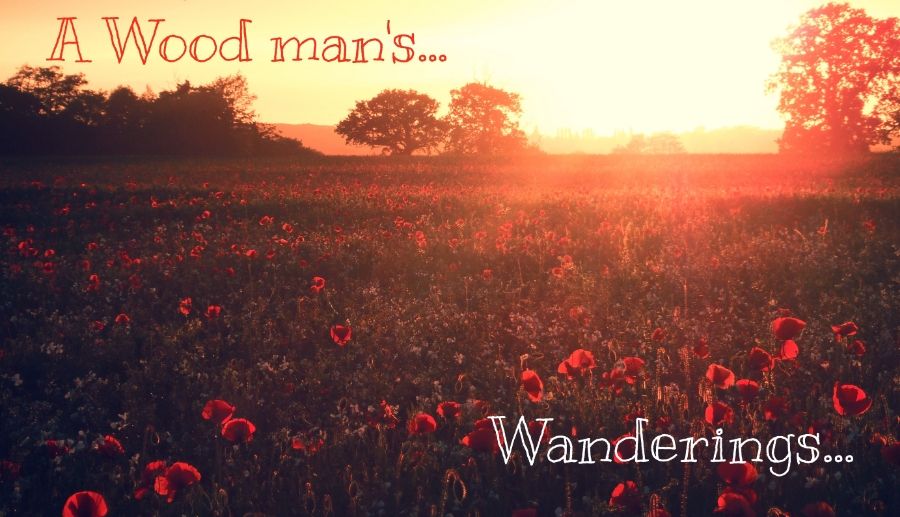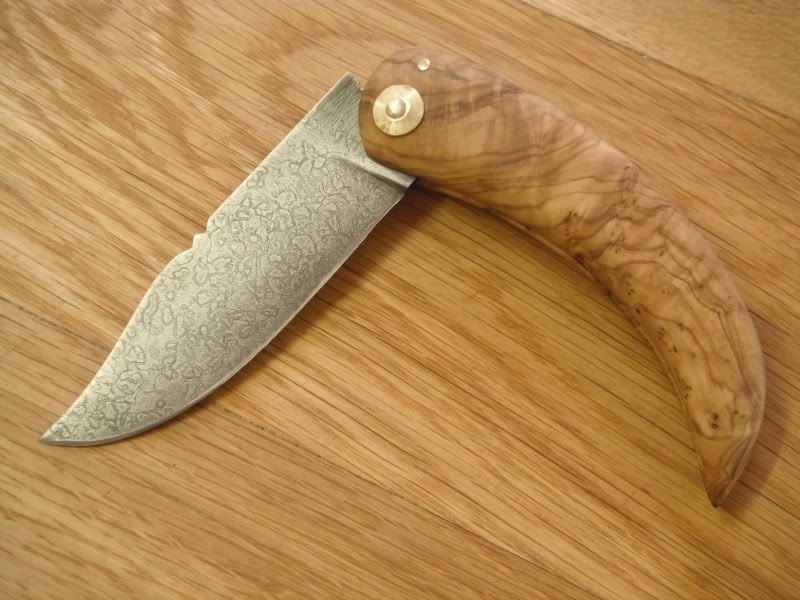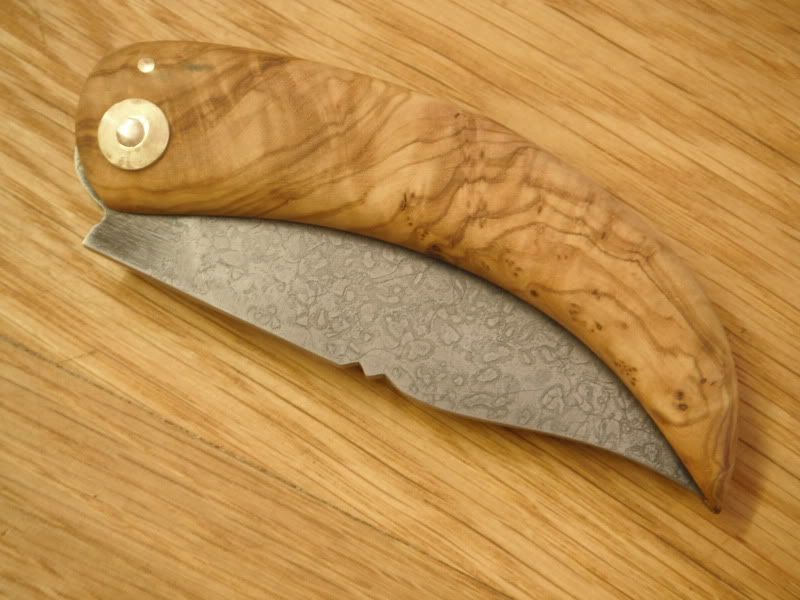 I have been looking back at French regional knives recently. I have been particularly drawn towards the Corsican Shepherd's knife, as being an attractive design, of a workaday tool. Those knives were simple "deux clous" (two nails) models, ie, the pivot and one pin. Made, using goats' horn for the handle, steel pins, and with a forged blade
I have been looking back at French regional knives recently. I have been particularly drawn towards the Corsican Shepherd's knife, as being an attractive design, of a workaday tool. Those knives were simple "deux clous" (two nails) models, ie, the pivot and one pin. Made, using goats' horn for the handle, steel pins, and with a forged bladeA little background info, I have roughly translated from the french:
Often made by the users themselves, the old Corsican knives were primarily designed as tools for work every day.
They are called - incorrectly today - shepherd's knives. But the shepherds were not the only users, far from it. These knives were put to many other uses: "stoccu", whose shape varied from valley to valley (from very small to large knives), used to bleed livestock or big game for field work, used a sickle Folding ("insitaghjola", literally "grafting", also called "runchetta" in the south), strongly curved blades were used for basket-makers ... Others knives had a very rounded tip for carving spoons and other wooden utensils for the kitchen. The "tarabisco" on the back of some blades were used to debark, burn or carve wood, the word refers to the coarse serrations on the back of some blades.
Most of these knives have common characteristics: a deep, broad blade, which can take repeated sharpening on the grindstone and repeated passages on "limaghjola" (grinding stone), and can have a long useful life.
Long before the industrial era, each village (in Corsica) had several blacksmiths. This explains why today we find across regions, substantial differences in the forms and even in their names.
Nevertheless, similarities exist: all of these blades cannot deny the influences of the Saracens, Moors, Iberian and Italian people that have shaped Corsica during its history.
Even if some "tools" have sometimes been used to drain a quarrel, they were not intended to be used as weapons. For that, there were other knives with a sharp blade that was worn under the jacket, slipped into the waist ...
Throughout its history, the Corsican Nation has seen bloody battles and violence such that, despite the appearance of firearms - and because of their prohibition by the occupant genoa - a robust "stilettu" has long guaranteed the survival of its owner ...
Unfortunately, I haven't got any goats horns (yet!) so have used some Olive wood to make the handle on mine!
I am really pleased with this knife. I am planning further tweaking on this model, and another one with a simple lock blade.
Meanwhile a few pics.
Hopefuly this will prove interesting to some people.




Beautiful Joel, I love it.
ReplyDeletehttp://woodsrunnersdiary.blogspot.com/
Very nice work Joel and I enjoyed the history.
ReplyDeleteI really like these folders. Maybe I can aspire to get one of these eventually?
ReplyDelete